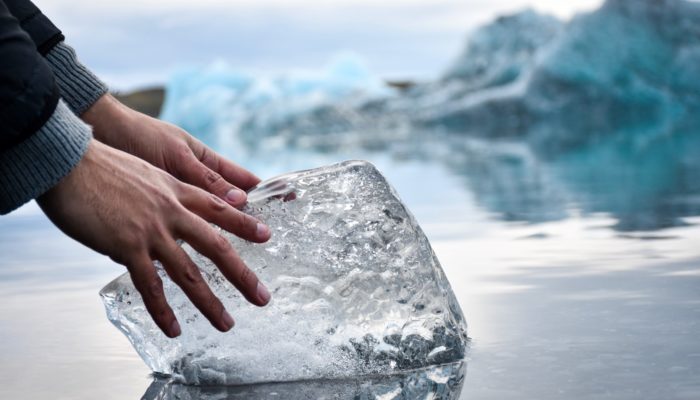Chalaati Glacier is one of the largest glaciers in the Greater Caucasus and has undergone expansive mass loss. In this week’s blog post, Levan Tielidze tells us about Chalaati Glacier variations in the past centuries. His recent study was conducted based on surface exposure dating technique, dendrochronology (tree ring analysis), lichenometry, and satellite imagery. They found out that the Chalaat ...[Read More]
If you didn't find what you was looking for try searching again.
Cryospheric Sciences
Image of the week – The curious case of “glacier mice”
Did you know that glacier mice can be found at the surface of some glaciers? They’re not the tiny rodent you might be imagining, but actually little balls of moss, which appear to be full of mysteries still to be uncovered… What is a “glacier mouse”? On glaciers around the world, mostly at high-latitudes in the northern hemisphere, little balls of moss develop and move around the ice. Origi ...[Read More]
Cryospheric Sciences
Did you know… about the ice content in mountain permafrost?
Through the eyes of a researcher studying mountain processes in the European Alps in the context of a global warming climate, let’s discover how geophysical methods help to better understand frozen ground! Permafrost defines a thermal state, i.e. permafrost is soil, sediment, or rock that remains at or below 0°C during at least two consecutive years. As permafrost is only defined by its temperatur ...[Read More]
Cryospheric Sciences
Icequakes, the little brothers of earthquakes, what do they tell us about ice flow?
Each day, several tens of tiny earthquakes happen beneath Rutford Ice Stream in Antarctica. These events are so small that no human would be able to feel them – yet, scientists can use recordings of these so-called “icequakes” to obtain valuable information on the way ice flows in Antarctica. Read on to find out how… What are icequakes? So we’ve all heard of earthquakes, but what ...[Read More]
Cryospheric Sciences
For dummies – About ice sheet models and their cold relationship to climate models
Climate models help us understand processes occurring in and between atmosphere, oceans, land and ice-covered regions of our planet. One important process impacting all of us is sea level rise, and the ice sheets of Antarctica and Greenland (currently losing more and more ice) play a crucial role in future sea level rise projections. Even though climate models can be very complex and include many ...[Read More]
Cryospheric Sciences
Radiocarbon rocks! – How rocks can tell us about the history of an ice sheet…
When most people hear the phrase “radiocarbon dating”, they think of measuring carbon to date organic material. But did you know that carbon is also produced within rocks, and that we can use it to learn about the past behaviour of a glacier? About 20,000 years ago it was colder and large parts of the continents were covered by ice. But what did Antarctica – the largest ice mass ...[Read More]
Cryospheric Sciences
Boom and bust beneath the ice
Beneath the frozen surface of the Southern Ocean, live some of the most spectacular creatures on earth. These creatures are spectacular not only in appearance, but also in their ability to survive in such an extreme environment as Antarctica. Here, temperatures deviate only slightly from 0°C, and food is scarce during the winter months. How do these diverse creatures live in these conditions and w ...[Read More]
Cryospheric Sciences
Water plumes are tickling the Greenland Ice Sheet
7 meters of sea-level rise – what you would get if the whole Greenland Ice Sheet melted. But the tricky question is: how much of this ice will be melted in the next decades, and how fast will it occur? This piece of information is critical in order to plan for present and future populations living in coastline areas, all around the world. How much and how fast can the Greenland Ice Sheet melt ? In ...[Read More]
Cryospheric Sciences
For Dummies – How do wildfires impact permafrost? [OR.. a story of ice and fire]
Wildfire – like the ones observed in the Northwest Territories, Canada in 2014 (Fig. 1) – is a natural part of permafrost landscapes, but fires are expected to get more frequent and severe as the climate warms. This could accelerate the degradation of permafrost, with negative consequences on the local and global scale! We have a pretty good understanding of how permafrost responds to fire t ...[Read More]
Cryospheric Sciences
Ice-hot news: The IPCC Special Report on the Oceans and the Cryosphere under Climate Change
You have probably heard the name “Intergovernmental Panel on Climate Change (IPCC)” mentioned frequently over the last few years. The IPCC is the United Nations body for assessing science related to climate change and it publishes global assessment reports on this topic every 5 to 10 years. Due to the current urgency of the global climate crisis and the need for more information by decision makers ...[Read More]

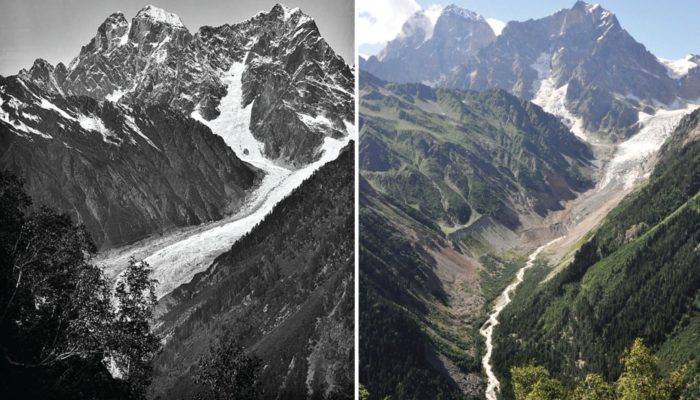
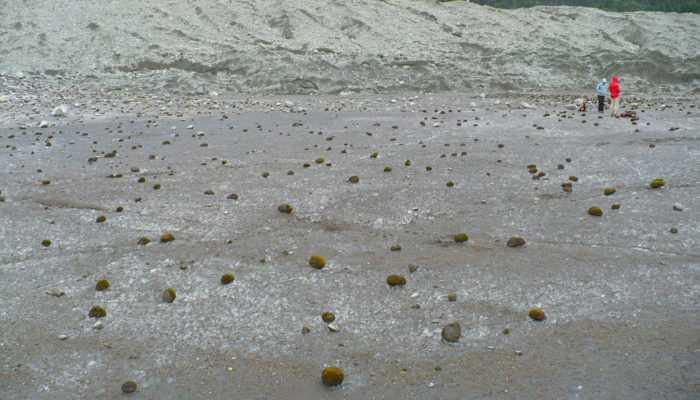
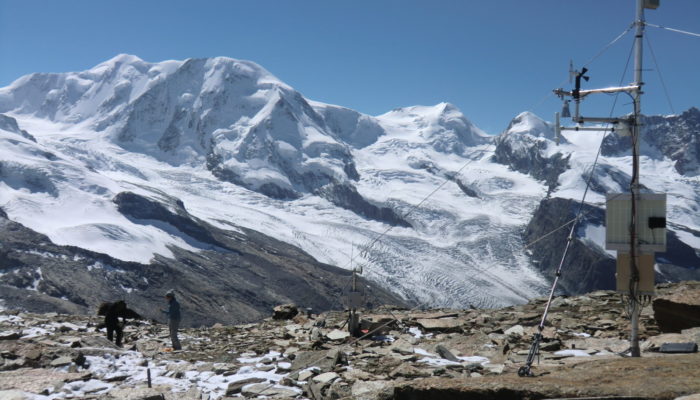
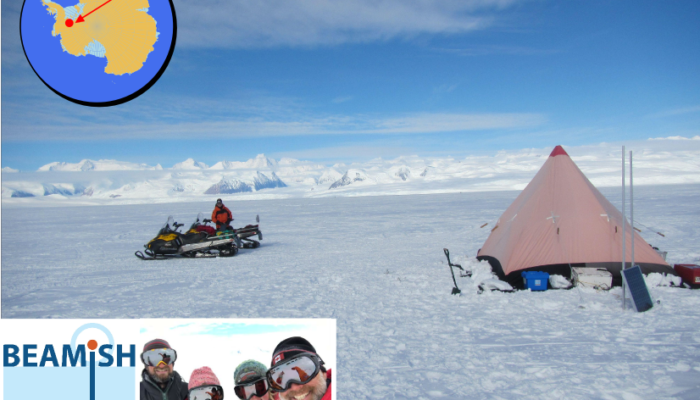
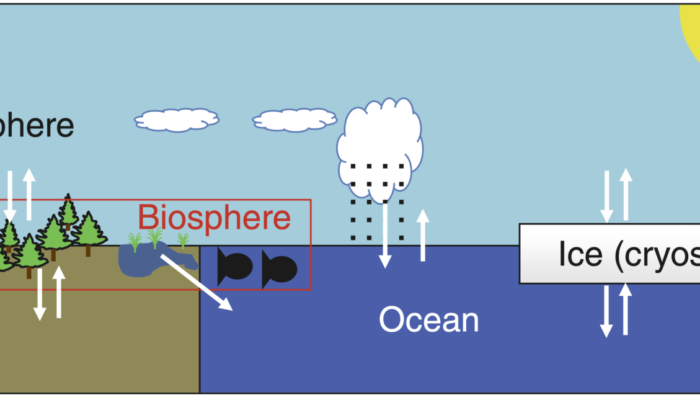
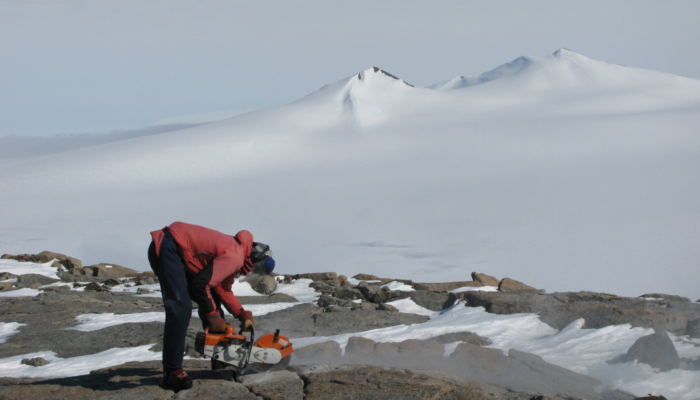
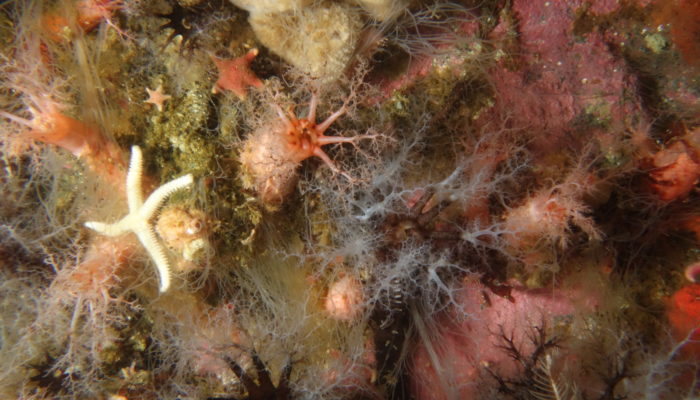
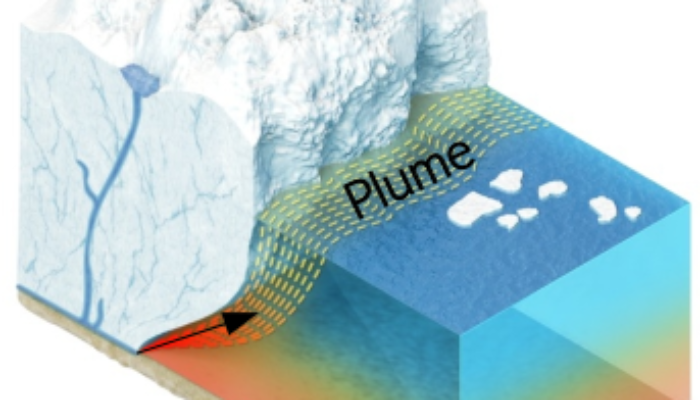
![For Dummies – How do wildfires impact permafrost? [OR.. a story of ice and fire]](https://blogs.egu.eu/divisions/cr/files/2019/10/DJI01011-700x400.jpg)
